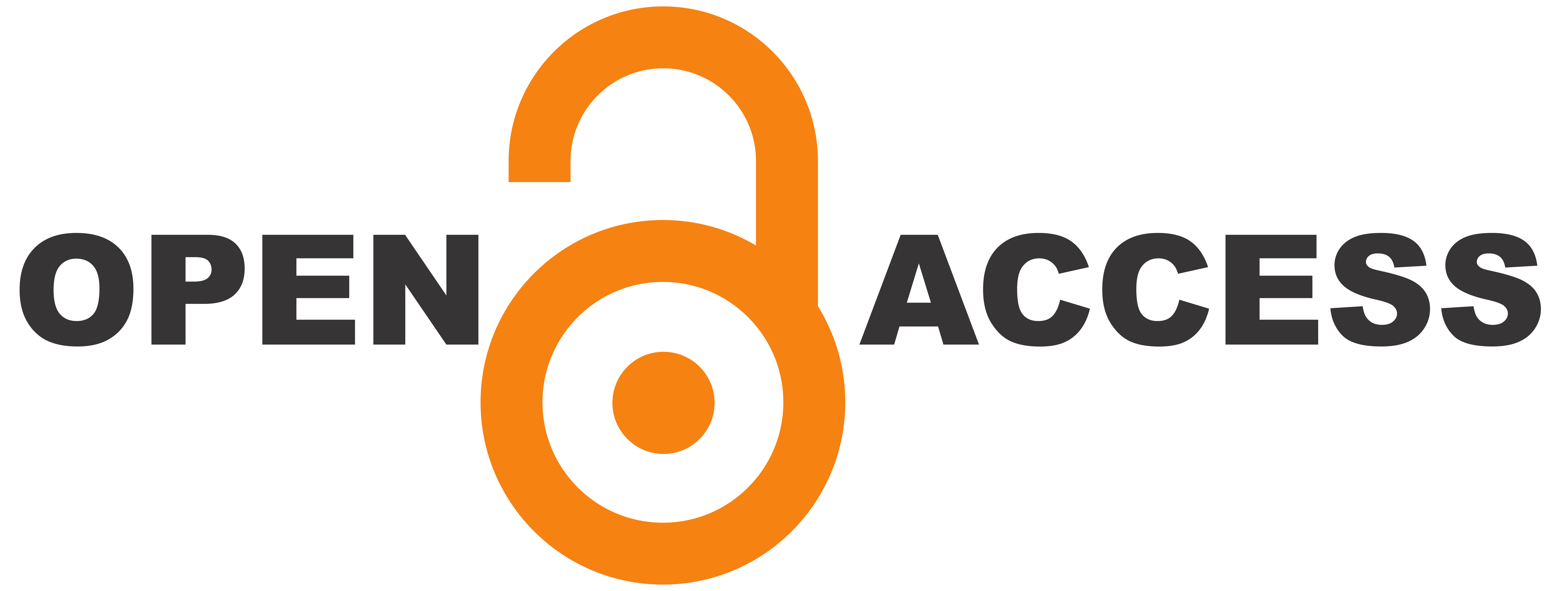MARKETING OF HONEY AND PRODUCTS IN NAINITAL DISTRICT OF UTTARAKHAND
Abstract: Honey, often regarded as nature’s golden elixir, has been esteemed by humans for millennia due to its rich taste, medicinal value, and cultural importance. Used since ancient times—from Egypt to modern civilizations—honey has served not only as a food and sweetener but also as a healing agent and a symbol of prosperity. Its production involves honeybees collecting floral nectar and converting it into a dense sugar solution through enzymatic processes. The plant sources bees visit directly influence honey’s taste, color, and scent, creating a broad range of honey types. In addition to its culinary appeal, honey offers various health advantages. It is packed with antioxidants that combat oxidative stress and has natural antibacterial and antifungal effects, making it useful in treating wounds and skin ailments. Unlike refined sugar, it has a milder impact on blood glucose because of its lower glycemic index, honey is increasingly chosen as a healthier sugar substitute. Raw honey, in particular, retains vital nutrients and enzymes, enhancing its value as an immune-boosting, antioxidant-rich food. Honey also appears in skincare and personal care products. Other bee products, such as bee pollen and propolis, are valued for their nutritional and antimicrobial benefits. The Nainital district in Uttarakhand has favourable conditions for beekeeping due to its rich biodiversity and suitable climate. Yet, the local honey industry faces several hurdles, including inadequate marketing structures, poor market access for small producers, the absence of farmer cooperatives, insufficient branding, lack of standardized quality protocols, and seasonal production limitations. Pests and bee diseases further impact productivity. To harness the district’s full potential, a detailed marketing strategy is needed—focusing on brand development, quality assurance, product diversification, and improved distribution channels. Government support in the form of subsidies, training, and sustainable beekeeping policies is crucial. This research utilizes a mixed-methods design, integrating both qualitative and quantitative data sources gathered through beekeeper interviews and secondary sources. Analytical tools like mean values, marketing cost and margin analysis, price spread evaluation, marketing efficiency assessment, and Garrett’s ranking method will be used to examine marketing dynamics in the region.
Keywords: Honey, Apiculture, Farmer producer organizations (FPOs), Marketing Efficiency, Marketing costs, Price Spread
Author: Akshat Kumar Singh and Jayant Zechariah
doi: https://doie.org/10.10346/AE.2025507611
Reference: Kareem, O.W., and Kharde, P.B. (2016). A Study of Beekeeping Management Practices in Beekeeping Zones of South-western Region of Nigeria. Indian Research Journal Extention Education. 16(2):95-96. Sharma, K., Singh, G., and Dhaliwal N. (2016). Performance of migratory apiary units in Sri Muktsar Sahib District of Punjab. Agriculture Update, 111(1), 16-21. Thakur, S., Ghosh, S. and Ghosh, T. (2016). Scope and Constraint of Beekeeping in Satjalia Island within Indian Sundarban Delta. International Journal of Environmental & Agriculture Research.2(1): 109-114. Ghosh, R., & Gupta, V. (2017). Impact of branding and packaging on consumer trust in honey products. Journal of Marketing Research, 29(1), 12–23. Kumar, A., & Sharma, R. (2017). Pricing strategies in honey production: A cost-benefit analysis. Agricultural Economics Review, 35(2), 67–80. Rao, R., & Subramanian, A. (2018). Barriers to market access for small-scale honey producers in rural India. Indian Journal of Agricultural Economics, 23(2), 45–56. Kumar, V., & Rawat, S. (2019). Enhancing smallholder access to honey markets: Lessons from cooperatives in Uttarakhand. Journal of Cooperative Studies, 27(1), 89–104. Negi, S., & Rawat, P. (2019). Impact of farmer cooperatives on honey marketing efficiency in remote areas. Rural Development Journal, 18(4), 99–110. Basu, S., & Banerjee, M. (2020). Export potential of organic honey: Trends and opportunities. International Journal of Trade and Economics, 11(2), 101–116. Bisht, P., & Rana, S. (2020). Consumer behavior toward honey products in urban markets. Journal of Consumer Studies, 24(3), 154–169. Goyal, S., & Mehta, P. (2020). Digital marketing strategies for small-scale honey producers: Challenges and prospects. International Journal of Digital Marketing, 8(3), 157–173. Reddy, K., & Joshi, T. (2020). Impact of consumer awareness campaigns on honey consumption trends during COVID-19. Health and Nutrition Marketing Journal, 16(3), 78–90. Bhat, R., & Kumar, S. (2021). Role of regional biodiversity in the flavor profiling of honey products: A case study from South Asia. Journal of Food and Agricultural Sciences, 22(4), 345–358. Mehta, N., & Chauhan, R. (2022). Value addition in honey production: Opportunities for diversification and revenue growth. Journal of Agribusiness and Innovation, 14(5), 233–245. Verma, R., & Singh, K. (2022). Marketing challenges in honey production: Insights from rural India. Agricultural Marketing Insights, 29(1), 33–47.
PDF




